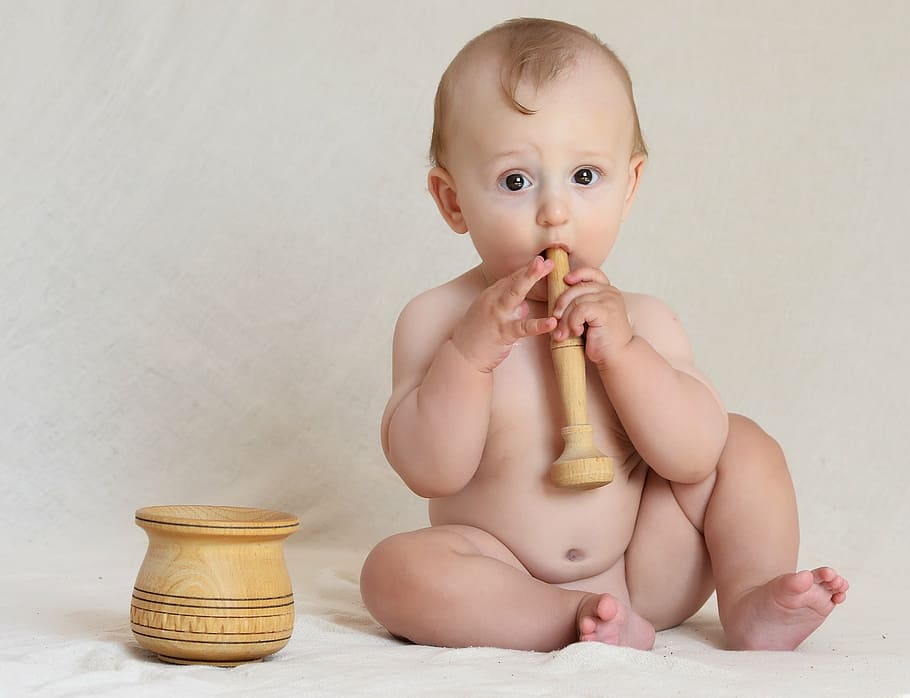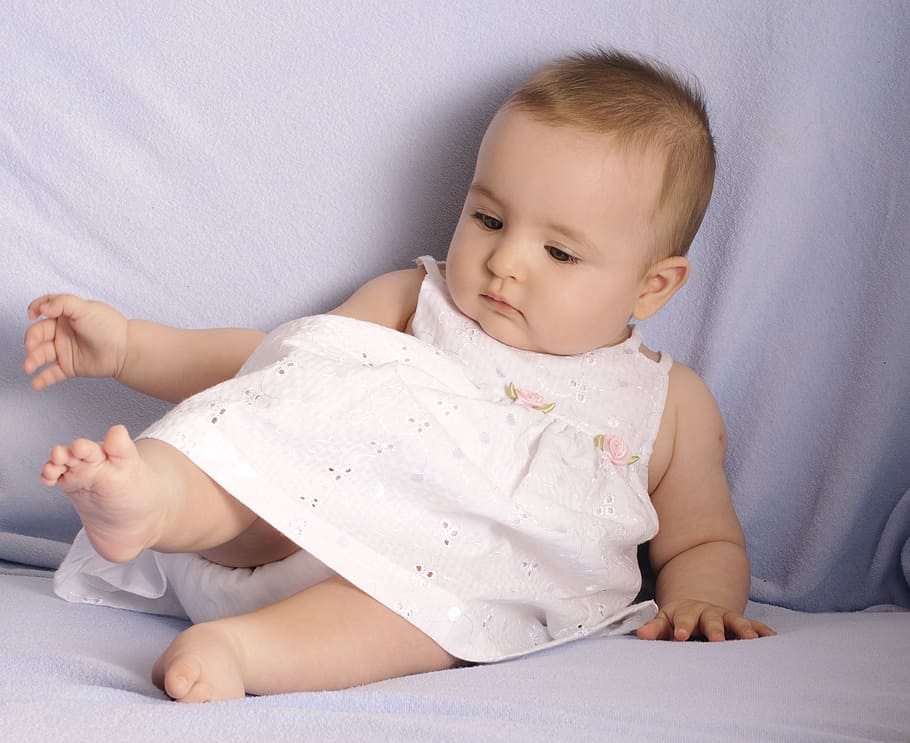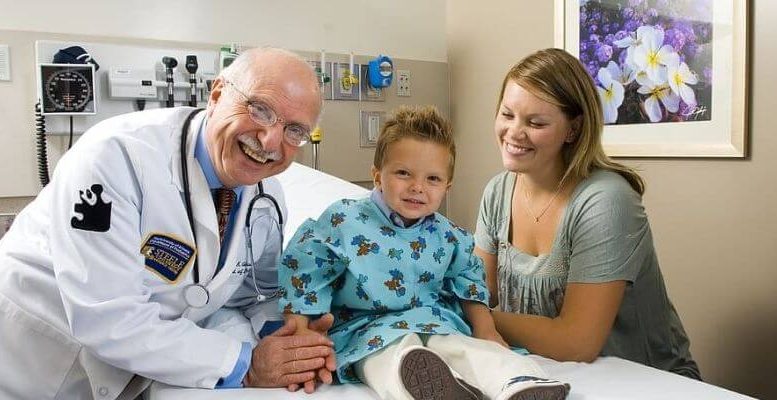How to collect urine sample from toddler. This is a tough question to crack, when asking parents they usually have a long answer. In this article we will outline all the solutions to this question with great tips and advice.
Every parent knows that children, especially toddlers, hate going to the doctor.
Their mood gets worse when there’s a medical test. Collecting blood samples is one thing.
It involves tears and screaming. But only a parent knows of the challenges associated with collecting a urine sample from a toddler.
Urine samples are needed for tests to detect if a child has a UTI. For that, the urine sample needs to be sterile, so the test results are not influenced by contaminants.
What is a UTI – Urinary Tract Infection
A UTI, or Urinary Tract Infection is a common infection that affects some parts of the urinary tract. There are mainly two types of UTI infections:
– Lower urinary tract ( Bladder infection )
– Upper urinary tract ( Kidney infection )
But getting a child to urinate when you need it is the main problem. With some simple tricks, you can collect urine samples from a toddler.
How to Collect Urine Samples from Toddlers

It’s likely that your doctor will guide you with the right way of collecting urine samples from your little one.
They’ll also provide the equipment that you might need to collect the sample.
Remember to ask the doctor for a container to collect the urine sample if he has not already provided one.
The precaution you need to take from your end is not to let the container get contaminated. So make sure not to touch the container on the inside or even on the edges near the opening.
You don’t really need to fill the entire container. Even a small sample will be sufficient to get the test done.
Collecting Urine Sample from Toilet-trained Toddlers Using Additional Bowl
Start by cleaning the genital area of the child with some water to remove all possibilities of bacteria. Then, when your child is ready to urinate, collect it in a sterilized foil bowl or container first.
Then, transfer this sample to the container that the doctor has provided you, using a syringe or funnel.
Collecting Urine Sample for Children in Nappies Using Cotton
If your child wears nappies, use cotton wool to collect the urine sample. Start by washing the child’s genital area and your hands.
Then, take a large and thick cotton layer and place it inside the nappy. Check frequently; if the cotton is wet, use a syringe to draw the urine and put it in the container.
Collecting Urine Sample from Infants Using Bags
For infants, it’s ideal to collect urine samples using a plastic bag. After cleaning their genital areas, use a sticky strip to stick the open mouth of the bag over your baby’s genitals.
For a male child, the entire genital will go inside it. For a female child, stick it on either side of the labia over the folds.
Collecting Urine Sample from Older Children Directly in Container
The good thing about older children is that they understand you and will urinate when you want them to.
This makes it easier to collect the sample mid-stream in the container provided. As long as the container does not touch the skin, you will be able to collect a clean sample for the test.
Collecting Urine Sample of Infants of Any Age by Clean-Catch in Container
This is the ideal way to collect urine samples from kids. This method prevents all kinds of contamination through any contact with the skin.
After removing the child’s nappy and cleaning the genital area, keep watching until your child starts to urinate. Be ready with the container to catch the urine sample.
Collecting Urine Sample of Toddlers Using Catheter
Using a catheter to collect urine samples isn’t easy; it’s a tube that needs to be inserted into the child’s bladder.
The process of passing it through the urethra can be uncomfortable for the child. But it’s usually done with the help of a nurse, and this method gives you a clean sample without any contamination.
Collecting Urine Samples of Toddlers Using Suprapubic Aspirate (SPA)
For this method, the doctor uses a needle to pierce the child’s lower abdomen and collect urine from the child’s bladder directly.
It’s a quick method, and there’s no possibility of infection. But since this method involves a needle, your child won’t be happy. Besides, this process needs the child to have a full bladder.
Apart from the plastic container for collecting urine samples, there are “toilet hats” that come in handy when it’s a female child and “cylinders” that are useful for collecting specimens from a male child.
Containers that come from doctors or test labs are always sanitized and come in covers to keep out dirt.
However, when you are using your own container, bowl, or bag, etc., make sure to clean and sanitize it properly.
For that, you should wash it in hot water and soap, and then rinse it several times to remove the soap altogether. After that, allow it to air dry before you use it to collect the urine specimen.
24-Hour Urine Samples
If your child’s pediatrician asks for 24-hour urine specimens for a test, it means that you need to collect urine samples for 24 hours.
It may sound like a quest that can give you a fever. But since it has to be done, here are the basic guidelines that you need to follow to collect the samples for the test.
You already know the methods of collecting a single sample. It’s always recommended that you avoid using the bag.
What’s most important in collecting 24-hour urine samples is proper storage and labeling of the container to mark the necessary details. Start by collecting a 24-hour urine container.
The container must have the child’s name and other necessary details, like date of birth, medical record number, and test name.
If your child has had a urine test before, mention the date and time, too. Next, you have to get a sample each time your child urinates. All samples must go into the same container.
Once your child wakes up in the morning, they need to empty the bladder by urinating immediately.
The first sample should be collected only after the bladder is empty. Every time your toddler urinates, collect it in a clean container, toilet, or cylinder – and pour each urine specimen into the 24-hour container.
The next morning, when your child wakes up around the same time as the previous morning, collect the first urine sample.
This is the final addition to the 24-hour container and close it tightly. Mention the date and time of the last collection and close the lid. Send it to the lab without delay – within 24 hours.
Remember not to get any of it contaminated, and be careful not to spill any of the urine while pouring it into the main container.
After each sample is poured in, make sure to rinse the other container in which you first collect the sample. Let it air dry properly before you use it again to get the next specimen.
You have to keep the collected urine sample at a cool temperature. It’s best to keep the container in the refrigerator.
Put the lid on and slip the container into a plastic cover before placing it in the refrigerator.
If there’s no place for the container in the fridge, put it in a cooler with ice. But do not freeze it.
Remember that if you spill any of the sample or fail to collect any sample throughout the 24-hour period, you will have to start all over again.
For that, you must throw away the already collected samples and wash both the 24-hour container and the collection container. Then, start the process again the next day.
How to Get a Toddler to Urinate

Older children are easy to deal with as they are trained to urinate on demand. However, when it’s a toddler, getting them to urinate is the biggest hindrance while collecting urine samples.
So, how do you get the little one to urinate? It’s not going to be easy, and you have to be ready, but it can be done.
No matter which container you use at home, keep everything ready so that there’s no missed opportunity.
Make sure not to wash your hands before handling the container, bag, cotton, etc. for collecting the urine sample. You can wear a pair of gloves to ensure there’s no chance of contamination.
To encourage your toddler to urinate, make sure that their bladder is full. Give them water, juice, or milk in their favorite bottle or sippy cup to get them to start drinking.
It’s likely they will urinate within an hour of drinking the liquid unless they are specifically focused on not urinating at all.
After removing the nappy, clean the genital areas. This will not only prevent chances of contamination but will also encourage them to release urine.
You can also rub their tummy gently with some wet cotton. First, soak the piece in cold water and then rub it on their lower abdomen for a few minutes.
You can also try the classic method of turning on the tap to get the child to urinate. You can run some water in the sink.
This is an effective way to get a child to release urine. You can also pour some water over the child’s genitals, though you have to be careful that the water doesn’t get mixed with the urine.
Toddlers can be stubborn. Sometimes, because of an infection, urination is painful. At other times, they are uncomfortable and decide to act like a little rebel.
Distracting toddlers with laughter while they get comfortable is the key. You can also coax them to blow a candle; it may help them release urine.
How to Detect UTI in Toddlers
No parent will get excited by the idea of collecting urine samples from a toddler and waging war in the household.
But sometimes, the hassle is necessary because your little one might be suffering from UTIs or has the chance of developing one soon. But how will you know when it’s time to consult a doctor?
UTIs are common in toddlers. Unfortunately, it might be difficult for parents to detect them as the symptoms may not always be obvious.
As a result, it can remain untreated. Even if a child has a fever, there’s a 5% chance that it is a UTI. Such infections take place when bacteria get into the urinary tract.
Bacterial infections can affect different parts of your toddler’s urinary tract. UTIs include the following –
- Urethritis in the urethra
- Cystitis in the bladder
- Pyelonephritis in kidneys
Female children have higher chances of getting UTIs, with 3% of them having suffered from it by the age of 11 years, as opposed to 1 percent of male kids.
However, uncircumcised male kids have a slightly higher chance of getting UTIs than those who are circumcised. Either way, the symptoms are similar.
The first sign of UTIs in a toddler is fever. Often, there’s no other symptom. But if your child is crying while urinating or is holding back, they might have already developed an infection; it’s causing pain and burning while urinating.
The urine quantity may also be low, and the flow, slow and interrupted.
Besides fever and painful urination, there are a few other symptoms that should make you take notice.
Your child might want to urinate more frequently because of the constant itching and irritation or due to the difficulty in releasing all the urine out at once. There’s usually an urgent need to urinate in that case.
The problem might persist to such a level that even a toilet-trained kid starts to urinate in their underwear. You will likely notice a foul smell in the urine.
The color of the urine passed will also become much darker. It can become cloudy, yellow, or even bloody, which is a sure-shot sign of an infection.
Apart from these, other symptoms that might indicate UTI include pain in the abdomen, back, or sides.
If they are unable to explain what’s going on, your toddler or infant may end up acting in an irritable way for no reason. They may even refuse to eat and keep vomiting, which can lead to poor growth.
If you notice two or more of these symptoms together, you need to take your toddler to the physician immediately, especially when there are fever and urine-related problems.
Your doctor will most probably tell you to get your child tested for a UTI, which is when the fight to collect the urine sample will begin.
Why Doctors Ask for Urine Samples
When you notice one or more of the symptoms mentioned above, you need to immediately go to a doctor.
If the doctor, too, suspects a UTI, you will be asked to get a urine sample. Physicians ask for urine specimens for medical tests to confirm whether the child’s renal system is functioning properly.
Urine tests can also reveal if there’s an infection in the child’s bladder, kidneys, or any other part of the renal system. The most common urine test that doctors order is Urinalysis.
This test detects substances present in the urine to identify the underlying cause, like a kidney problem or infection.
Urinalysis can detect the presence of the following in the urine –
- Red blood cells and white blood cells
- Bacteria and other microorganisms
- Protein and glucose
- More acid or base than usual
Depending on the amount of substances present in the urine sample, the doctor may ask for a repetition of the test or order other tests to analyze the condition further.
The follow-up tests may occur after a short gap or a course of medication to see if everything is normal or if the treatment should be changed.
Things to Remember as a Parent about Collecting Urine Samples from a Toddler
It’s no news that collecting urine samples from toddlers is not an easy job. But sometimes, this challenge is necessary to ensure that your child is healthy.
You now know when your child may need a urine test. You also have the theoretical knowledge of how to collect urine samples from your little one.
However, when you actually try it, you’re going to realize that the process is much harder than you imagine.
That’s because children can be really stubborn. As it is, it’s really hard to get them to urinate when needed.
They’ll only go when they feel the need. But if they are pressured, they will hold it in.
Distracting them can get difficult if they become deliberate in their attempt to hold their urine in.
No matter what you try, they will try their best to resist if they realize they are being forced.
So you have to be patient. Remember that your child might be refusing to urinate because of pain, too.
But when you do manage to collect the sample, the doctor will know that you mean business.
Honestly, you will get a strange satisfaction when you manage to do it. If you have a toddler, you know how little you need to get out of them to earn yourself a victory. Collecting their urine samples will feel the same.
But what feels like a bigger victory is the diagnosis. If the doctor tells you that there’s nothing to worry about, all the war to collect the urine sample from your toddler will be worth it.
If the test reveals an infection or any other condition, at least you’ll know that the right course of treatment can be started.
Conclusion
Collecting urine samples for children is no easy job. But when your child starts to show symptoms of a UTI or any other problem in the renal system, collecting a specimen becomes mandatory.
The right treatment can be started based on test results. You just have to be patient with the process.

